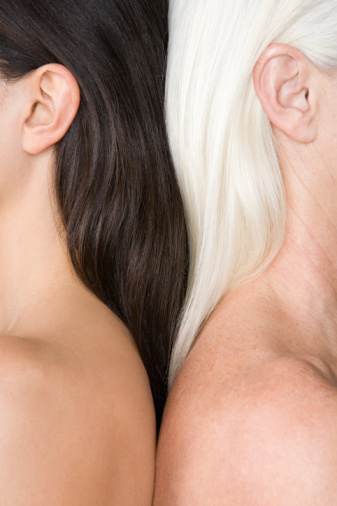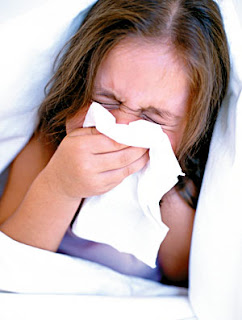By RANDOLPH E. SCHMID, AP Science Writer Randolph E. Schmid, Ap Science Writer –
Reuters – A couple dances and kisses inside a heart shaped made from candles during a flash mob ahead of Valentine's …
CHICAGO – "Chemistry look what you've done to me," Donna Summer crooned in Science of Love, and so, it seems, she was right. Just in time for Valentine's Day, a panel of scientists examined the mystery of what happens when hearts throb and lips lock. Kissing, it turns out, unleashes chemicals that ease stress hormones in both s.e.x.es and encourage bonding in men, though not so much in women
Chemicals in the saliva may be a way to assess a mate, Wendy Hill, dean of the faculty and a professor of neuroscience at Lafayette College, told a meeting of the American Association for the Advancement of Science on Friday
In an experiment, Hill explained, pairs of heterosexual college students who kissed for 15 minutes while listening to music experienced significant changes in their levels of the chemicals oxytocin, which affects pair bonding, and cortisol, which is associated with stress. Their blood and saliva levels of the chemicals were compared before and after the kiss
Both men and women had a decline in cortisol after smooching, an indication their stress levels declined
For men, oxytocin levels increased, indicating more interest in bonding, while oxytocin levels went down in women. "This was a surprise," Hill said
In a test group that merely held hands, chemical changes were similar, but much less pronounced, she said.
The experiment was conducted in a student health center, Hill noted. She plans a repeat "in a more romantic setting."
Hill spoke at the session on the Science of Kissing, along with Helen Fisher of Rutgers University and Donald Lateiner of Ohio Wesleyan University.
Fisher noted that more than 90 percent of human societies practice kissing, which she believes has three components — the --- drive, romantic love and attachment.
The s.e.x drive pushes individuals to assess a variety of partners, then romantic love causes them to focus on an individual, she said. Attachment then allows them to tolerate this person long enough to raise a child.
Men tend to think of kissing as a prelude to copulation, Fisher said. She noted that men prefer "sloppy" kisses, in which chemicals including testosterone can be passed on to the women in saliva. Testosterone increases the s.e.x drive in both males and females.
"When you kiss an enormous part of your brain becomes active," she added. Romantic love can last a long time, "if you kiss the right person."
Lateiner, a classical scholar, observed that kissing appears infrequently in Greek and Roman art, but was widely practiced, despite the spread of skin disease at that time by facial kissing. And there was a potential for social faux pas by kissing the wrong person at the wrong time
.Overall, the science of kissing — philematology — is under-researcherd, Hill concluded





 جواب بصورت نقل قول
جواب بصورت نقل قول

















